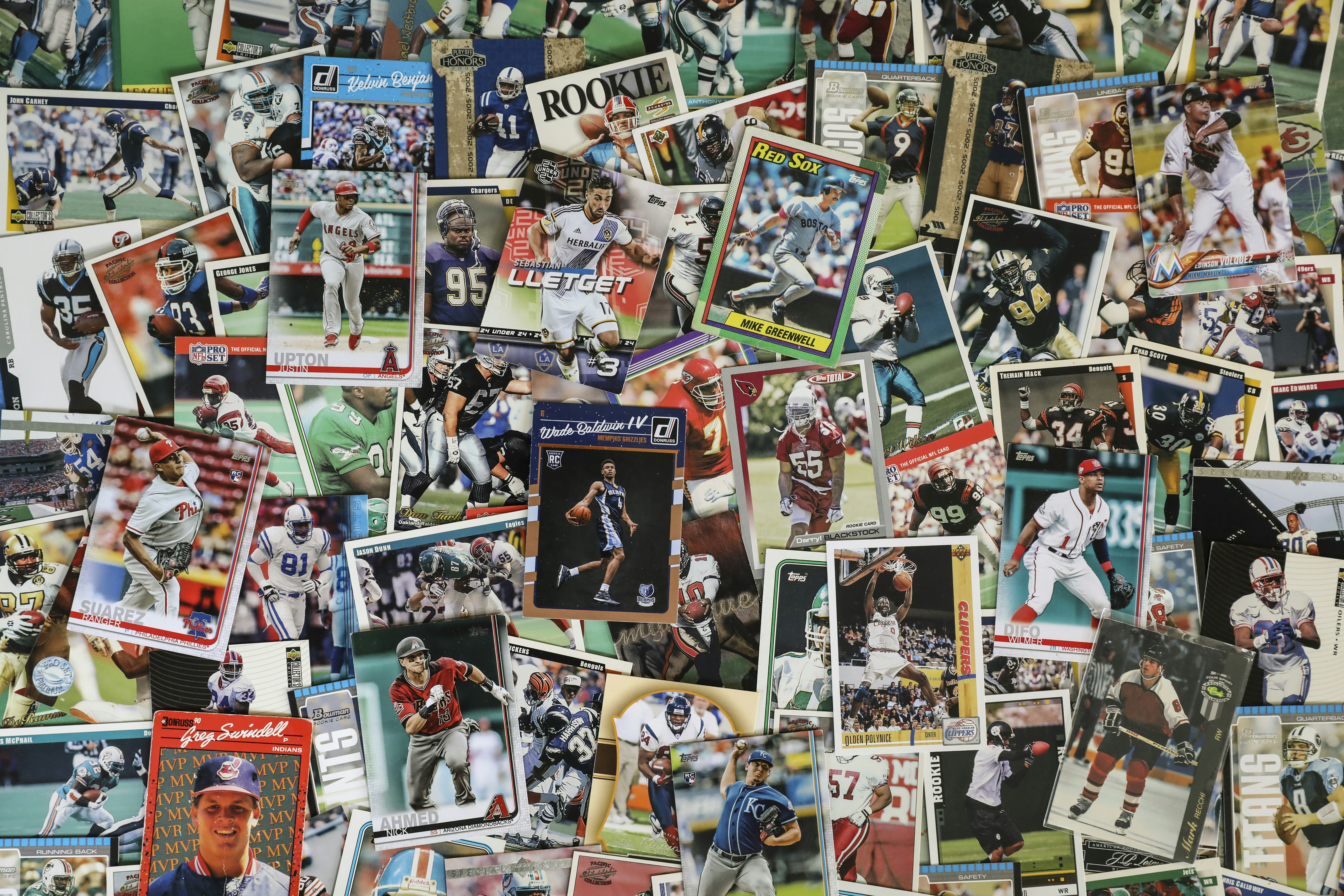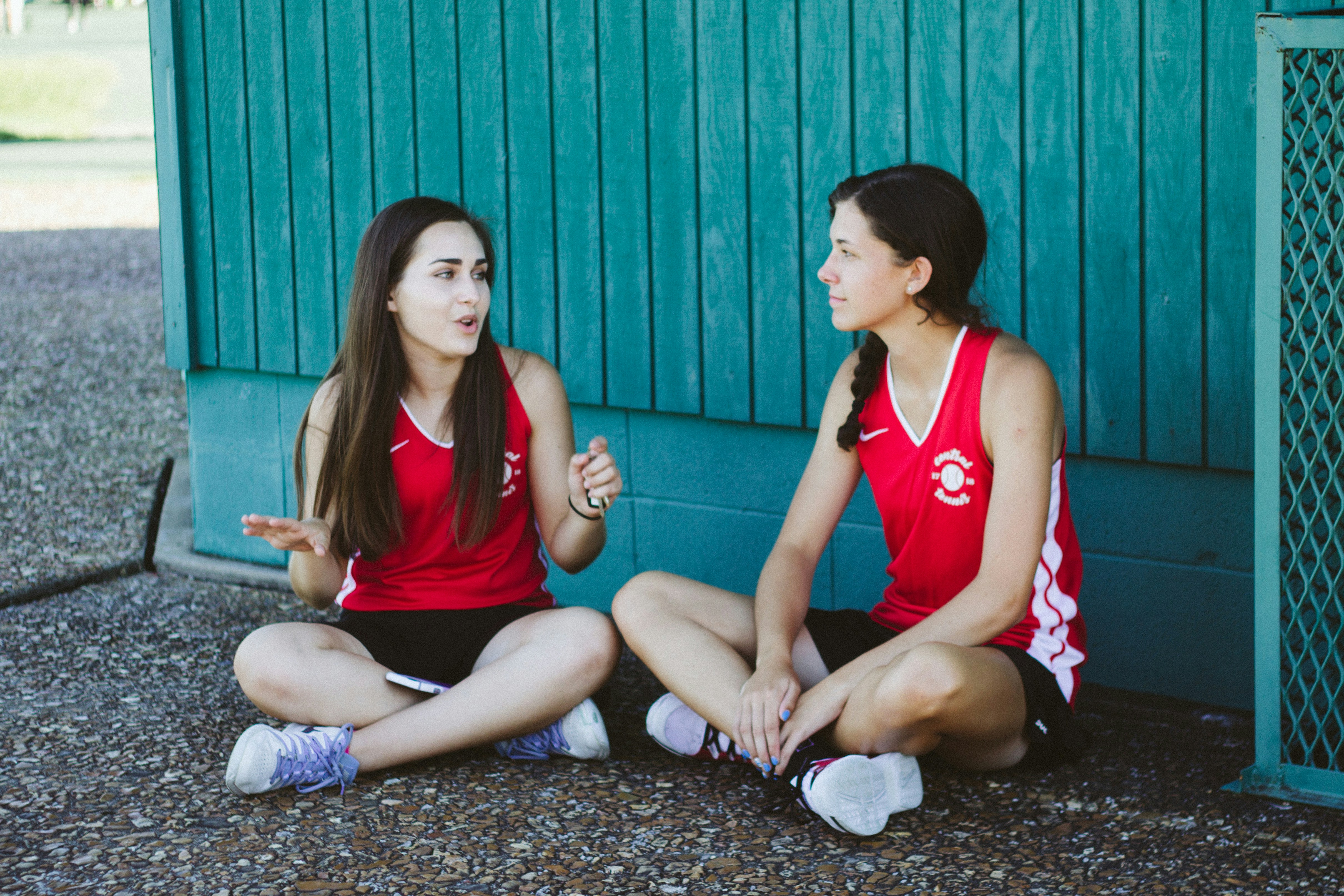Urban Art and Athletic Identity: Cultivating Community Through Creativity
Urban art has long been a canvas for self-expression in cities worldwide, but its role extends far beyond mere decoration. It has quietly permeated the realm of sports, profoundly influencing athletic identity and community engagement. As we explore the intricate interplay between urban art, street culture, and sports teams, we unveil how creative expressions like murals, graffiti, and street installations shape not only the visual culture of athletics but also the identity of teams and their fan bases.
The Rise of Urban Art in Sports Culture

From the vibrant murals in Chicago’s sporting neighborhoods to the graffiti adorning the parks in Los Angeles, urban art has become a staple in the way sports teams express their identities. Athletic identity isn’t just about performance on the field; it encompasses the deep connections players have with their audience and the communities that support them. Murals often portray local heroes or legendary athletes, making them pivotal in fostering pride within communities. Fans often relate to these artistic representations, as they see their own stories reflected in the artwork, creating a unifying bond around shared experiences.
Artistic Expression as a Storytelling Platform

Street art offers athletes a storytelling platform that can capture their journeys, struggles, and triumphs in a visually impactful manner. For instance, when a team embraces urban artists to craft pieces that celebrate a local athlete's history, it transforms the narrative from a simple biography into a vivid, shared community experience. Each mural, each stroke of paint tells a tale of aspiration and struggle, mirroring the journeys of countless fans.
One example is the San Francisco Giants, whose partnership with local artists resulted in stunning murals that celebrate both the team's history and the city’s identity. This not only boosts fan morale but also transforms their Home Stadium into a cultural landmark, garnering attention well beyond typical sports media channels.
Strengthening Community Ties Through Collaboration

Collaboration between sports teams and local artists creates a reciprocal relationship, where local culture enriches athletic identity, while athletics, in turn, elevate local artistry. This partnership transcends borders; we see international teams leveraging urban art to solidify their identities in diverse communities. Such initiatives provide artists a platform to showcase their work, offering them recognition and fostering a sense of belonging within the artistic community.
Case Studies: Teams Embracing Urban Art

-
Detroit Red Wings: Known for their strong community ties, the Red Wings commissioned murals illustrating their history, players, and iconic moments. This initiative has not only beautified the city but also allowed fans to engage with the team’s legacy in a culturally rich manner. These artworks serve as historical landmarks, documenting the journey of the Red Wings through the lens of the city they represent.
-
Philadelphia Eagles: The Eagles have capitalized on their Super Bowl victory by partnering with local artists to create murals that celebrate the team's success and its fans' loyalty. This collaboration has strengthened the bond between the team and its supporters, making the art a significant part of the Eagles’ identity.
-
Los Angeles Lakers: By integrating street art into their promotional campaigns, the Lakers resonate with a broader audience. Public art displays around the Staples Center have transformed the fan experience, creating a vibrant atmosphere that reflects the energy of Los Angeles and its rich culture.
Enhancing Fan Engagement Through Art

Art doesn’t just reside on the walls; it spills into the community and infuses the game-day experience with creativity. Teams can host events that include local artists, inviting fans to engage with the art being created. Activities such as mural-painting sessions, where fans can interact with artists, offer immersive experiences that deepen emotional investment in the team.
Creating an engaging atmosphere also extends beyond physical art; it involves digital experiences as well. With the rise of technology, teams are now incorporating augmented reality (AR) that enriches interactions with physical art displays. Imagine scanning a mural with a smartphone and unveiling hidden stories or interactive content about the artwork! This blend of digital innovation and street art can transform the way fans engage with their teams, facilitating a richer connection.
Urban Art as a Reflection of Team Culture

The culture of a sports team goes hand-in-hand with its community. Urban art encapsulates not just the essence of the sport but the nuances of the local culture, ethos, and collective memory. When exploring the artwork associated with a team, one can glean insights into the values and aspirations shared by fans.
This has considerable implications for branding. As detailed in our piece on the science of storytelling in sports, nuanced narratives can enhance loyalty among fans. Urban art can embody these narratives, reinforcing the message brands want to communicate and solidifying relationships with fans.
Expanding Athletic Identity Through Global Influence

The global reach of sports means that teams aren’t limited to their local cultures; they can simultaneously embrace diverse artistic influences from around the world. This global dialogue can redefine athletic identity, blending styles and narratives that resonate with multicultural audiences. By showcasing artwork from international artists, teams can connect with diverse fan bases, creating a sense of belonging for all.
For example, the Barcelona FC has incorporated elements of Catalonian culture through public art, celebrating its identity while simultaneously fostering global fandom. These cultural expressions amplify locality while embracing global significance.
Overcoming Challenges in Merging Sports and Art

While the integration of urban art into sports culture is overwhelmingly positive, challenges exist. Merchandising and branding strategies need to respect the artists' rights and the authentic representation of the culture. Teams must ensure that their collaborations are mutually beneficial and that the artwork is not merely a corporate gimmick but a genuine celebration of community and culture.
Another challenge is the ephemeral nature of urban art. With murals subject to wear and the potential for destruction or defacement, maintaining these artworks presents a logistical issue for teams aiming to preserve their community identity. Developing ongoing partnerships with local artists for restoration and preservation can mitigate these concerns, ensuring the art retains its cultural significance.
Next Steps: Embracing the Future of Sports and Art
As we look ahead, the relationship between urban art and athletic identity will only become more complex and enriching. Teams that recognize the value of community engagement through art will be better positioned for success. Engaging local populations, celebrating diversity, and fostering creative expression will not only enhance team spirit but also contribute to a vibrant cultural fabric within cities.
Sports franchises should consider developing interactive campaigns that allow fans to contribute ideas for local street art, thereby creating an inclusive platform for expression. By working collaboratively with artists and communities, teams can position themselves as champions of cultural pride and authenticity.
In this ever-evolving landscape, it becomes crucial to recognize how deeply intertwined urban art is with the identity, storytelling, and engagement of sports teams. By celebrating this synergy, teams not only strengthen their relationships with fans but also play a fundamental role in the cultural tapestry of their communities.
Final Thoughts
Urban art stands as a powerful testament to how creativity shapes athletic identity and engages fan bases. The dynamic relationship between art and sports offers avenues for stronger emotional connections and shared stories. By tapping into the vibrant culture surrounding sports, teams can enhance their branding and community presence, ultimately creating a sense of belonging that goes beyond the game.
Explore more insights into how sports teams can foster connection and community engagement through innovative strategies in our related posts like the rise of biofeedback technology in sports and unpacking gamification in sports training.


